When the mercury rises, so does the tension in these horror films. The oppressive heat becomes not just a backdrop, but an active antagonist, amplifying the fear and dread. From sun-scorched deserts to swelteringly humid jungles, these movies use the environment to crank up the horror. Whether you're looking to cool down with a scare or simply appreciate the atmospheric dread, this collection of films will leave you feeling both chilled and heated.
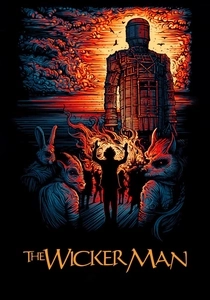
The Wicker Man (1973)
Description: Set on a remote Scottish island, the film's summer setting and the heat of the sun contribute to the unsettling pagan rituals and the growing sense of dread.
Fact: The film was initially a box office failure but has since gained a cult following.
 Watch Now
Watch Now 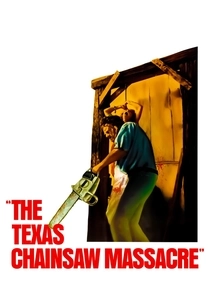
The Texas Chainsaw Massacre (1974)
Description: Although not explicitly about heat, the sweltering Texas summer is palpable in this film, where a group of friends encounter a family of cannibals. The heat contributes to the gritty, oppressive atmosphere.
Fact: The film was shot on a very low budget and became a cult classic, spawning numerous sequels and remakes.
 Watch Now
Watch Now 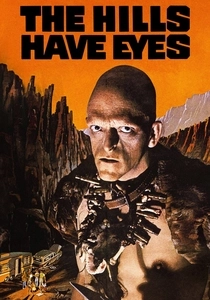
The Hills Have Eyes (1977)
Description: In this classic, a family's road trip through the scorching desert turns into a nightmare when they encounter a group of cannibalistic mutants. The relentless sun adds to the desperation and fear.
Fact: Wes Craven wrote and directed this film, and it was one of his early successes before "A Nightmare on Elm Street."
 Watch Now
Watch Now 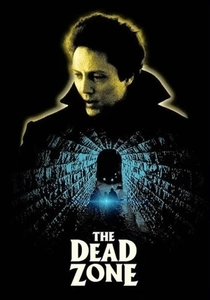
The Dead Zone (1983)
Description: While not a traditional horror film, the heat of summer plays a role in the eerie atmosphere as Johnny Smith, who wakes from a coma with psychic abilities, faces his visions of doom.
Fact: Directed by David Cronenberg, this film is based on Stephen King's novel of the same name.
 Watch Now
Watch Now 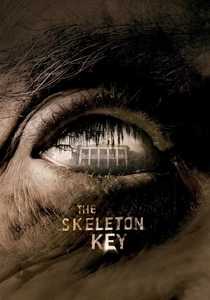
The Skeleton Key (2005)
Description: In the sweltering Louisiana heat, a hospice nurse discovers dark secrets in an old plantation house. The heat adds to the eerie, oppressive atmosphere of the film.
Fact: The film was shot in New Orleans, and the house used for filming was actually built for the movie.
 Watch Now
Watch Now 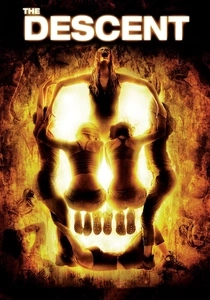
The Descent (2005)
Description: While not set in a hot environment, the film's claustrophobic caves and the heat of the underground setting amplify the horror as a group of women encounter cave-dwelling creatures.
Fact: The film has two different endings, one for the UK and one for the US, with the latter being more optimistic.
 Watch Now
Watch Now 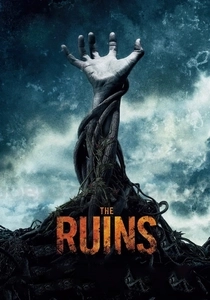
The Ruins (2008)
Description: A group of friends on a vacation in Mexico find themselves trapped on an ancient Mayan temple surrounded by deadly vines. The oppressive heat of the jungle adds to their torment.
Fact: The film was based on the novel by Scott Smith, who also wrote the screenplay.
 Watch Now
Watch Now 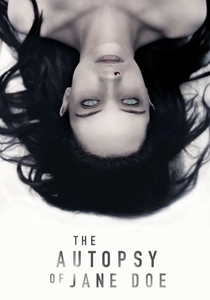
The Autopsy of Jane Doe (2016)
Description: While not directly about heat, the film's setting in a morgue during a hot summer night adds to the chilling atmosphere as two coroners uncover supernatural horrors.
Fact: The film was praised for its suspense and the performance of its lead actors, Brian Cox and Emile Hirsch.
 Watch Now
Watch Now 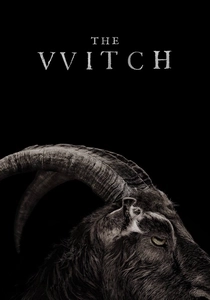
The Witch (2015)
Description: Set in 1630s New England, the film's summer setting and the oppressive heat of the forest contribute to the growing paranoia and supernatural occurrences.
Fact: The film uses authentic language from the period, and all the animals in the movie are real, not CGI.
 Watch Now
Watch Now 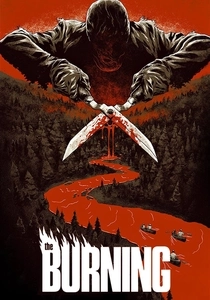
The Burning (1981)
Description: Set in a summer camp, "The Burning" uses the heat of summer to intensify the terror as a vengeful camp counselor returns to exact revenge. The heat adds to the claustrophobic atmosphere, making every moment more intense.
Fact: The film was inspired by the urban legend of the Cropsey Maniac, and it features early appearances by Jason Alexander and Holly Hunter.
 30 Days Free
30 Days Free 








